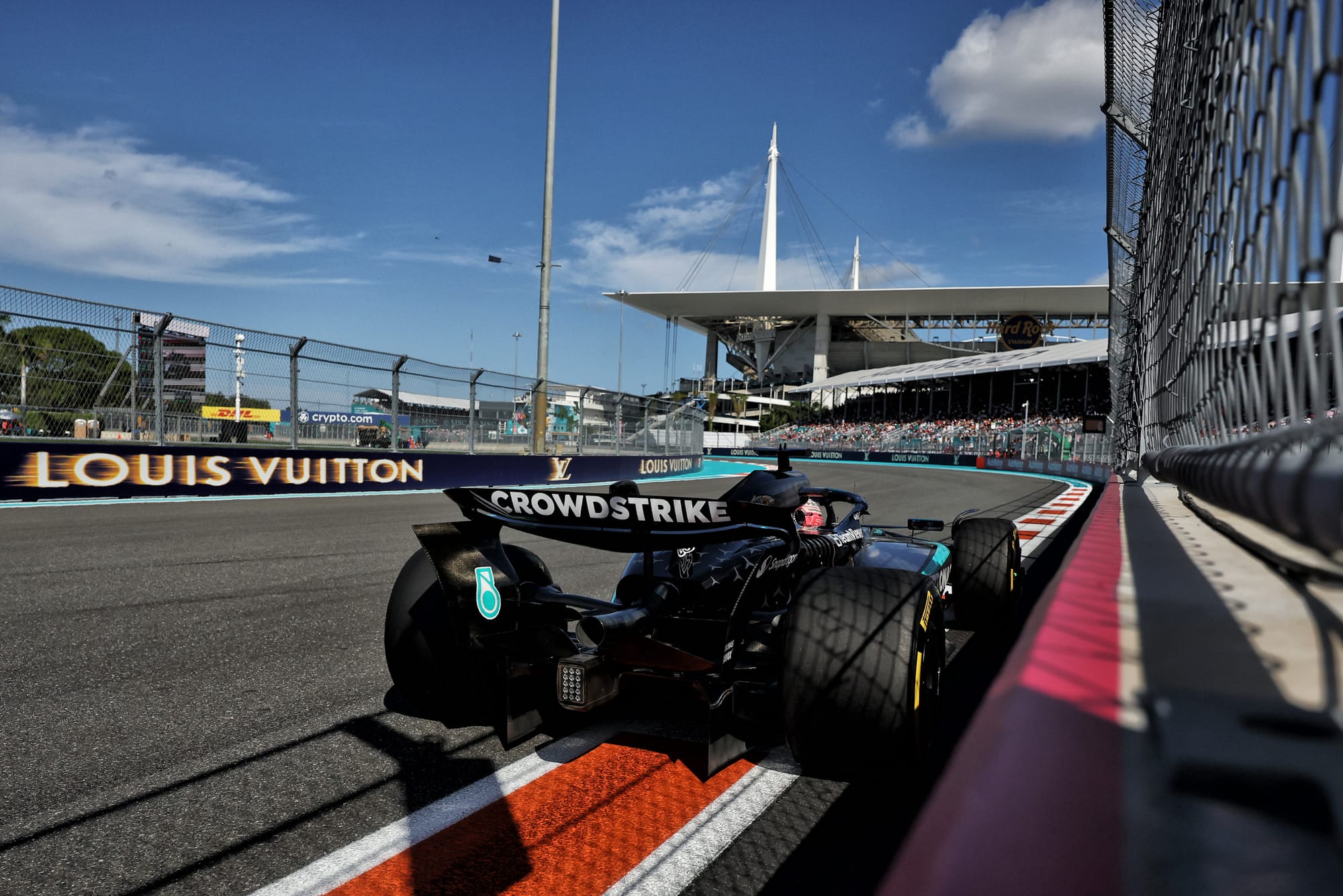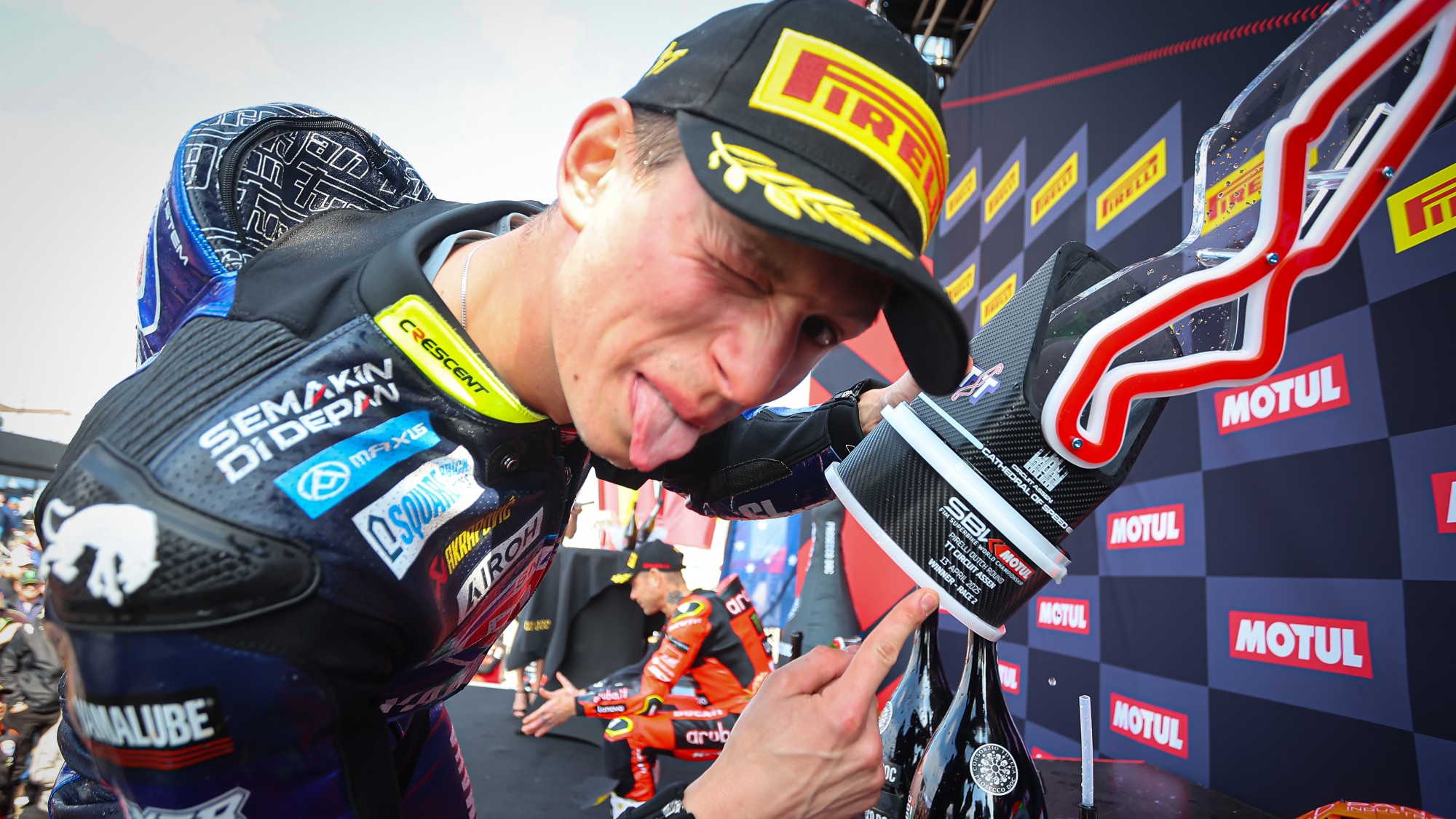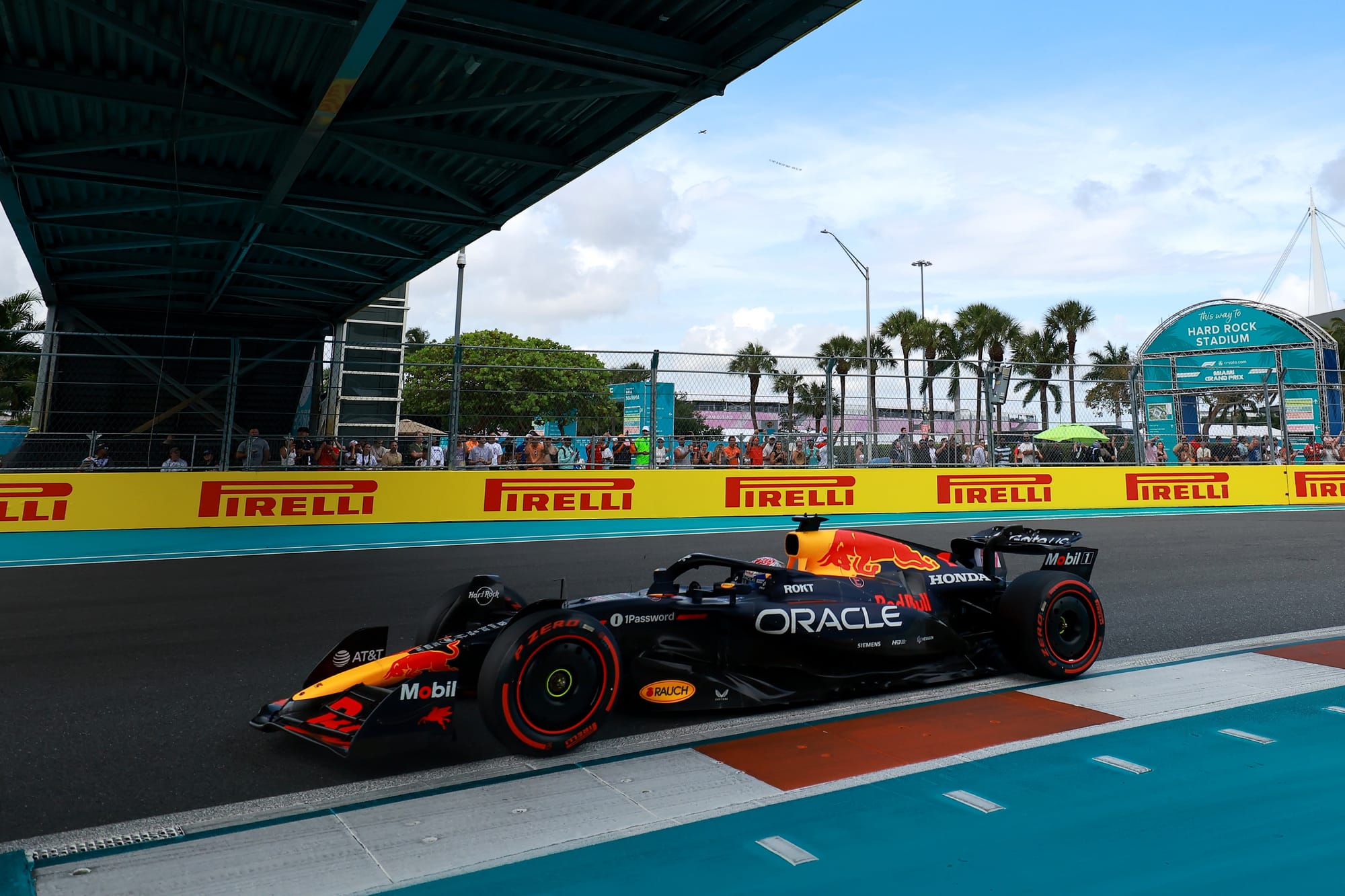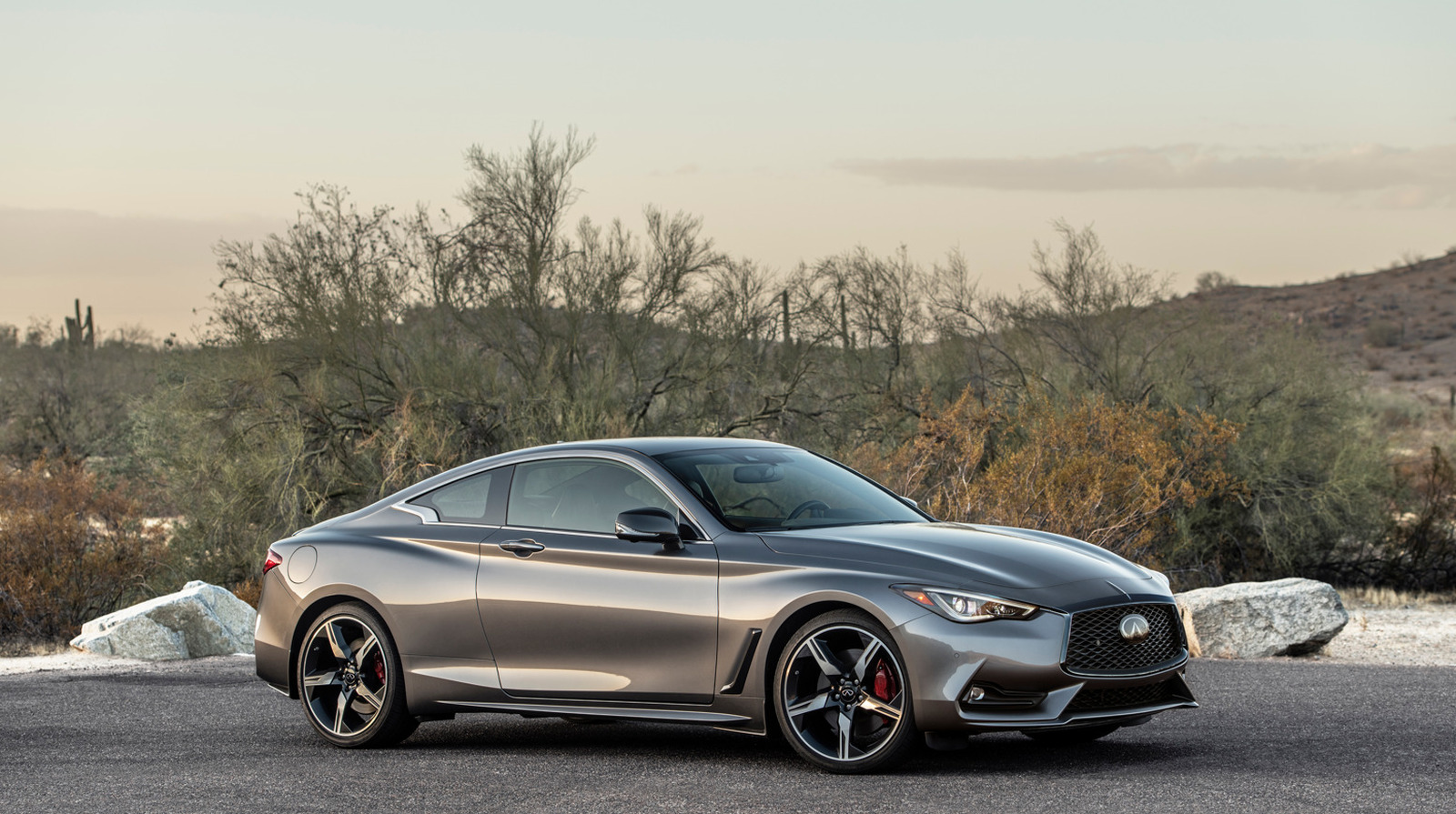Decision time fast approaching for the next generation of LMP2
Next-gen LMP2 is back in the spotlight, as the tender process for the chassis and powertrain comes to a close for the new-look regulations, (...)

Next-gen LMP2 is back in the spotlight, as the tender process for the chassis and powertrain comes to a close for the new-look regulations, which are set to be in place between 2028 and 2032.
We are just weeks away from finding out what the category will look like at the end of the decade, with the results of the tender processes set to be revealed during the week of the Le Mans 24 Hours next month. In the meantime, there are plenty of question marks and talking points to explore, as the prospective suppliers race to put together and submit their bids.
Starting with the chassis tender, key sources have revealed that there is little to no carryover from previous design concepts from the four current LMP2 manufacturers (Dallara, Ligier, Multimatic and ORECA) for the previously proposed ruleset that was scrapped last June.
The new chassis, which are expected to cost around 450,000 Euros ($507,000) each before spares, are set to be designed to a set of dimensions that will make them slightly longer, wider and heavier than the current ORECA 07s competing around the world to the current ruleset which debuted back in 2017.
Digging deeper, there are some specific areas that have raised eyebrows, notably the request for a central driving position. This, according to a source from a current supplier, was a surprise, “going against the two-seat philosophy that has been the foundation of sports cars for decades.” It was, though, according to another key source, not entirely out of the blue, as it was apparently discussed when the ill-fated 2026 rules were being drawn up.
It’s an aspect of the technical specifications in the tender that will challenge designers but is far from a showstopper. Safety is at the core of this change, handing the driver greater protection on the left side upon impact.
The concerns that remain center around the makeup of the cockpit’s layout, and the placement of the various bits of paraphernalia it will house. Currently, the passenger side of the current cars is littered with wires and components. Will pit stops become tougher to orchestrate, with the clear potential for drivers climbing in and out, damaging or interfering with the sophisticated electronics the cars will carry? New solutions are required.
There’s another clear message at the core of this change, and that is a complete severance of the regulations’ ties to LMDh prototypes and the spines which serve as the foundation for the cars we see in large numbers in Hypercar and GTP.
This is not a surprise. When the previous draft of the LMP2 rules were canned, it was made clear that the next regulations would not feature chassis based on LMDh spines — as was originally intended. Instead, with a central driving position, the chassis is going to be entirely bespoke.
This completely rules out any prospect of private teams with LMP2 cars being able to convert their prototypes into an LMDh down the line. It does, however, open the door for other suppliers to make bids and get involved.
The formula will be a closed shop when the rules debut, as the maximum number of successful tenders has been reduced from the current four to “a maximum of two.” But there is now potential for an outsider to become a key player overnight.
What’s ideal? Competition or an entirely spec formula? It’s a conversation that’s been taking place in both the European Le Mans Series and IMSA SportsCar Championship paddocks since the tender process began.
On one hand, competition spreads the risk from the organizer side and commercial opportunities across two organizations. On the other, selecting the “correct” chassis may prove to be paramount again for teams, who will need to invest significant six-figure sums to go racing and in the current marketplace can ill-afford to make the wrong choice.
Cast your mind back to the early days of the current era, and the challenge that a team like United Autosports faced, when it felt it needed to decouple from Ligier and switch to ORECA once it became clear that the 07 was the most desirable of the four chassis.
“It’s going to be extremely tough,” an LMP2 team owner from the ELMS paddock told RACER. “We’re looking at spending around a million Euros per car if you include spares, and the bigger teams will be looking to buy spare cars and test cars too. That’s before you get into the game of musical chairs for grid spaces. I certainly wouldn’t want to find out we’d spent millions on cars that nobody wants to drive by mid-season in 2028.”
Before looking more into cost, let’s ponder which suppliers are looking at it.
Of the current four, Ligier, ORECA and Dallara have all confirmed that they are bidding. RACER did reach out to Multimatic multiple times, but received no response.
From the LMP3 sphere, Ginetta and Duqueine have made it clear they have no plans to enter the marketplace. ADESS, meanwhile, says an LMP2 project is “still on the table,” though it remains to be seen if it will decide to submit a bid.
An option from left field, meanwhile, such as Dome, Wolf, Nova, Tatuus or Lola isn’t by any means impossible, but the feeling is that it’s perhaps improbable.
Within the three current P2 suppliers that have confirmed their pitches, there are differing opinions regarding the number of successful suppliers that should be chosen. The big question is whether or not splitting the estimated 40-unit pie two ways is sustainable.
One was adamant there was still plenty of money to be made if you split the customer base down the middle. Though it acknowledged how damaging it would be to complete all the design work, produce an initial batch of cars, only to find it was off the pace and therefore dismissed by most, if not all, the interested teams.
Another shrugged off the prospect of making significant money entirely. “Even if it was just one supplier,” they said, “I can’t imagine you’d be going into this for a major financial gain.”
Would BoP play a role in ensuring we see two suppliers represented in numbers? Gone is any mention of “Adjustment of Performance,” which was conceptualized for the 2026 rules. There is mention of BoP ballast in the tender documents, though, in the sections which cover the minimum weight of the cars. There is also scope for either fuel flow or torque metres to be used on the powertrain side to balance the cars.
While the majority of current LMP2 teams have come to enjoy racing in a de facto spec championship that isn’t governed week to week by BoP changes, this may prove to be a sensible way forward if the FIA wishes to avoid a clear favorite emerging.
Moving onto the powertrain side of the tender process, one should not assume Gibson has one hand on the contract to supply the engine, which is likely to be turbocharged. It was successful in the previous tender, but when the chassis concept was binned, so was the power unit deal that the Repton-based organization was awarded.
A key point here is that Gibson remains very much in play and is believed to have submitted a bid as part of a consortium of vendors looking to take on the engine, gearbox, transmission and ECU. Gibson’s chance of a successful bid should be strong, as the current GK428 has proven universally popular over the past seven years, and its customer service has been exceptional. It has both pedigree and paddocks full of teams firmly on its side.
However, RACER believes it has competition, although it’s not entirely clear who else is a serious bidder. Suggestions were initially made that ORECA would try to cover both bases, but it seems more likely that its focus is on the chassis tender. NISMO and Italian manufacturer ATM (Autotecnica Motori), (potentially in partnership with a significant OEM), have also been mentioned in paddock conversations.
RACER reached out to ATM to discuss whether or not it, or sister brand Tatuus, was indeed interested in submitting bids for both tenders.
“We understood there are rumors around us,” a spokesperson for both organizations said, “and we consider ourselves more than ready and capable of bidding, but we are not prepared to declare whether or not we have submitted bids for either tender.”
Something else to note, though, is that routes into this from blue-chip OEMs have been narrowed slightly by dint of the fact that current GT3 engines are too heavy. That’s not an impossible task to tackle, but it is an expensive one!
Le Mans week is set to be important for many areas of sports car racing, as it always is. And for LMP2, it will set the table for the future of privateer prototype racing.
There is pressure on the rulemakers and suppliers to ensure the health of this marketplace remains healthy as the end of the decade approaches. LMP2 is big business, and the teams racing in IMSA, the ELMS and Asian Le Mans Series all operate to the highest of standards. They will need to stay confident in the direction of the sport, though, before taking on new financial risk.
There’s a huge appetite for LMP2 right now. Drivers, pro and am, want to race an ORECA 07 because of its reputation as a pure, rewarding piece of machinery to steer and because the Hypercar and GTP fields are so strong.
But nobody should ignore the potential for significant economic challenges in the coming years, or the prospect of the LMDh and LMH rulesets, which are expected to be extended into the 2030s, losing momentum. It’s not out of the realms of possibility that the FIA, ACO and IMSA will come to rely on the most ambitious privateers to prop up the top end in the medium term.
Thus, there is a plea to be heard from the teams. They crave assurances when it comes to grid space in the regional series and at Le Mans before investing in new equipment. Transparency would help avoid situations where long-term players spend millions only to find they have nowhere to race and/or no invitation to compete at the Le Mans 24 Hours, which remains a key pillar of the business case. Is a charter system required?
After the previous rules were analyzed, debated and tweaked for months and months, through countless meetings, the newly proposed 2028-32 regulations were developed with little to no dialogue between suppliers and rulemakers.
The deadline for powetrain bids was due to pass at the end of April, but was extended to May 7, while the chassis invitation process finishes before the end of this week on May 9. It’s a shift in the overarching process and one that has been welcomed by the majority of the senior sources RACER has spoken with.
“Before, we couldn’t agree on anything — we’d go from meeting to meeting with no firm decisions,” a source admitted.
“Everyone wanted to leave their own mark, and it left us with a set of rules that everyone had a say in, but nobody really liked. This way, we’re told: ‘This is what we want, do you want in?’ And actually that’s more efficient and, in many ways, fair on all of us with an interest. The timing is tight, but it’s manageable.
“The big question is, has every box been ticked?”












![Life in Startup Pivot Hell with Ex-Microsoft Lonewolf Engineer Sam Crombie [Podcast #171]](https://cdn.hashnode.com/res/hashnode/image/upload/v1746753508177/0cd57f66-fdb0-4972-b285-1443a7db39fc.png?#)







_Andrey_Khokhlov_Alamy.jpg?width=1280&auto=webp&quality=80&disable=upscale#)






























































